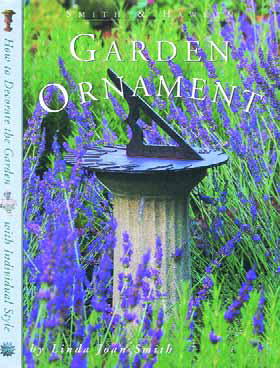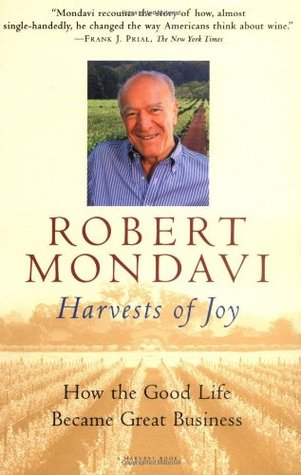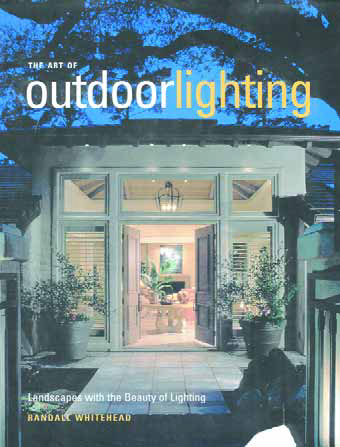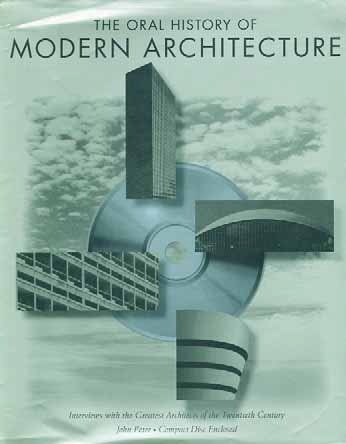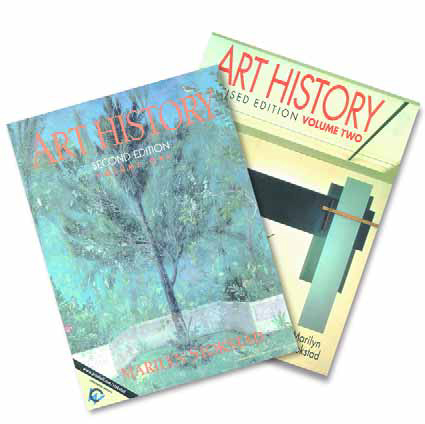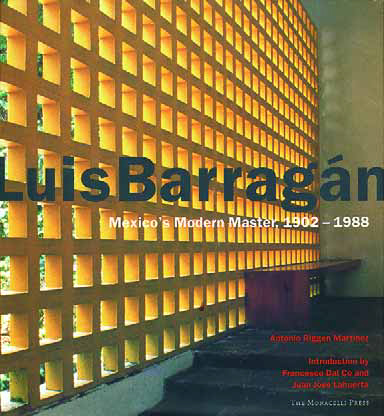Book & Media Reviews
So often it's the finest or most delicate touches that make or break backyard projects - and exploring the constituents of those touches is what Garden Ornament by Linda Joan Smith (Workman Publishing, 1998) is really all about. This beautifully illustrated, 136-page book tackles head on the often overlooked subject of garden ornamentation and, in doing so, pulls back the veil on a remarkably rich set of design touches and specific objects you can use to lend interest to your projects, generate enthusiasm among your clients and, ultimately, give your projects real visual energy. That set of ideas includes items that can be used to add beauty and even
A paperback edition of Francis D.K. Ching's book, Architecture: Forms, Space and Order, had been sitting on my desk for less than a day when my colleague and friend Mark Webb spotted it and became pretty animated. He started talking about the book in a way that made it seem it was a given that we both should be completely familiar with it. I had, in fact, just picked up my copy at a used bookstore without ever having heard of Ching or knowing anything about his highly influential body of work. I soon learned that Webb and many other architecture and landscape architecture students (beyond yours truly) read Ching's work early on in their studies. Feeling as though I'd missed out on something important in my education, I dove into the text and soon came to understand why my friend
In the premiere issue of WaterShapes in February 1999, Brian Van Bower's first "Aqua Culture" column invoked the name of winemaker Robert Mondavi, calling him a role model for watershapers everywhere. It was a partly surprising place to start a new column, given the fact that Mondavi is neither a contractor, engineer or designer, but Bower, a wine connoisseur as well as a trailblazing watershaper, made a good case for seeing Mondavi's career as a lens through which we might better understand our own. At the time, I didn't completely appreciate the connection between Mondavi and the watershaping trades, but I decided a bit later to pick up the book, Harvests of Joy, and spend some time with it. Prepared by Mondavi with writer Paul Chutkow, the 364-page book was published in 1998 by Harcourt Brace. I know that this is quite a departure from
The fine points of landscape lighting are the worthy subject of The Art of Outdoor Lighting by Randall Whitehead (Rockport Publishers, Gloucester, Mass., 1999). It's a wonderful place to begin a journey of discovery: The text consists of 192 heavily (and beautifully) illustrated pages that break the discipline of lighting design down to several practical areas of concern - and there's a generous section all about ways to light waterfeatures. The verbiage throughout is both brief and focused, leaving most of the space for a parade of beautiful photographs of public and residential spaces. Simply by flipping through the pages and looking at some of these projects, you begin to see just how much interest and beauty can be created when you think about
If you feel the same need I do to explore the vast and inspiring reaches of 20th-century structural forms, The Oral History of Modern Architecture by John Peter is a wonderful and enduring resource. Published in 1994 by Harry N. Abrams (New York), this text features more than 100 interviews with modern architects, including in-depth discussions conducted by the author with a group he defines as the "Top Ten" masters of modern architecture. The interviews were conducted in the stretch from 1953 to 1989, and several audio excerpts are provided on a CD that comes as a companion to the printed transcripts. And it's quite a roster of luminaries, including
I have a confession to make: I've never really been much interested in art. That may seem surprising coming from someone who has a degree in landscape architecture and has dedicated a career to design. Fact is, I was never exposed to different types of art or to art history in any serious way: My high school didn't offer it, my family wasn't big on it and my landscape-architecture curriculum didn't require it. This never really bothered me, and the fact that nobody seemed to care
This time around, I'll follow a detour from the design-oriented publications we've been covering to take a look at a truly unique resource: If you build residential swimming pools and spas or are considering moving into the field, the National Spa & Pool Institute's Residential Pool & Spa Builders Reference Manual is a useful and informative text unlike any other available to the trade. Written and reviewed by dozens of NSPI's builder members, the manual offers a comprehensive overview of pool and spa construction while providing a good foundation of general business and technical information. That makes sense, because it is basically the
It's a simple fact: There are real differences in the way designers and builders do things in different parts of the world. This is particularly true for swimming pools and other forms of decorative water: In some areas, for example, the focus seems to be mainly on the water and on details associated with the watershape itself. In others, the focus seems to be less on the water and more on the surrounding details, such as decks, walls or architectural features. Whichever way it goes, it's always beneficial for designers to expose themselves to the work of watershapers from around the world. The best way to do this, of course, is to
Books dedicated specifically to swimming pools are of immediate and obvious utility to a great many watershapers. I've found valuable ideas from such publications through the years - despite the fact that much of the time their content is aimed at consumers rather than professionals. One thing that has disappointed me in many of these pool-focused publications is that the pool industry itself is not very well represented. Instead, what you usually see is the work of landscape architects, architects and other designers. In many cases their work is beautiful and deserving of attention, but the general exclusion of the work of










